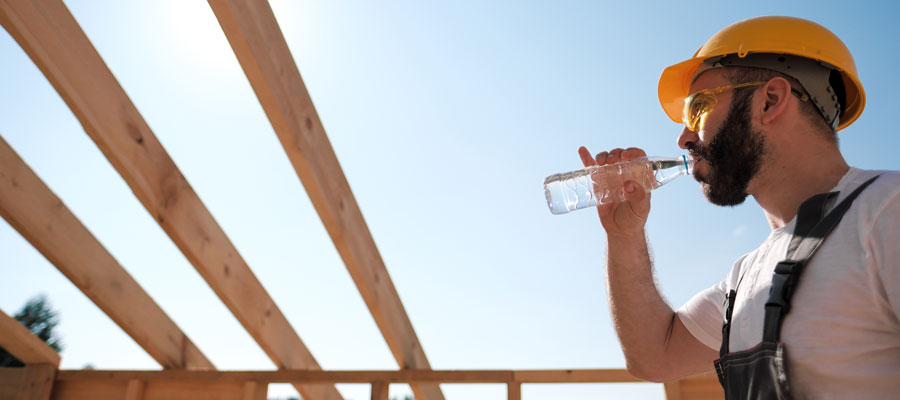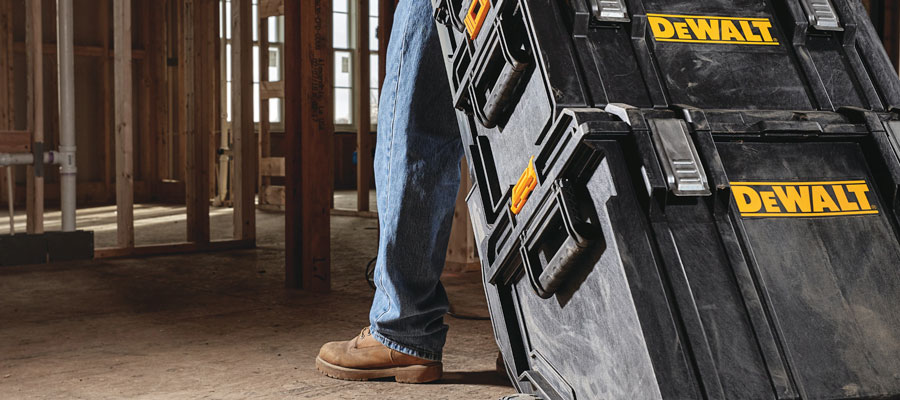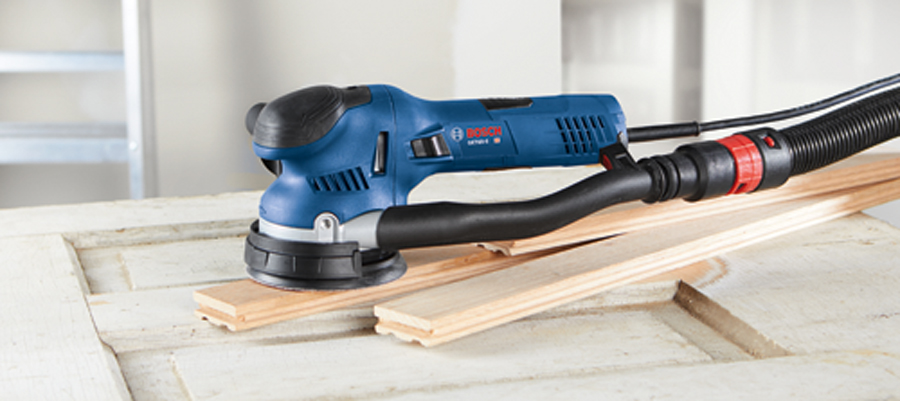It's summer, and that means intense heat and humidity, along with heat-related illnesses. Keeping your crew hydrated, cool and functioning is vital to ensuring their well-being and productivity during this prime working season. OSHA has recently begun promoting a range of protective measures and risk levels for heat exposure during the summer to help keep your job site moving. Here's a quick overview of what the national agency had to say on the matter.
Here are the risk levels that OSHA uses and their recommended approaches to hydration. If working in heavy protective gear, direct sunlight or without any breeze, move up to the next level of precautions:
Low -
Heat index is under 91°F. Make sure plenty of water is conveniently available, encourage sunscreen use, acclimatize returning and new workers and make sure medical services are available locally if needed.
 Moderate -
Moderate -
Heat index is 91-103°F. In addition to the above, remind workers regularly to consume about a quart of water per hour, review heat-related illness symptoms during frequent breaks in cool, shaded areas, instruct workers and supervisors to watch for heat-related illnesses in others and immediately seek medical attention if necessary.
Extreme -
Heat index is 103-115°F. In addition to the above, enforce work/rest schedules to keep workers from overheating, consider rescheduling work for cooler parts of the day, use the best-acclimatized workers to perform the heaviest tasks and keep someone knowledgeable on-site to manage worker activity in the heat.
High -
Heat index is over 115°F. In addition to the above, reschedule all non-essential work, move essential work to the coolest parts of the day and stop work if necessary for worker safety.
Heatstroke is the final stage in heat-related illnesses. It is life-threatening and should be treated as such.
What are some signs that a worker may be suffering from a heat-related illness? Let's take a quick look at the three levels of overheating:
Heat Cramps
Heat cramps are caused when your workers are sweating heavily. If muscles start cramping, stop the activity, move them to a cool location and provide sports drinks or water, then wait for symptoms to go away before resuming work. If the worker has heart issues, is on a low-sodium diet or the cramps last over an hour, seek medical attention.
Heat Exhaustion
Heat exhaustion symptoms include heavy sweating, cool or clammy skin, headache, nausea, weakness and dizziness. As with heat cramps, move the worker to a cool location and provide water, but also loosen clothing and apply cool, damp cloths or a cool bath to lower temperature. If symptoms last over an hour, the symptoms get worse or they are vomiting, seek medical attention.
Heatstroke
Heatstroke is the final stage in heat-related illnesses. It is life-threatening and should be treated as such. The worker will feel as though they have a high fever, with hot, dry or damp skin, a fast, strong pulse, confusion and losing consciousness. In addition to the above treatments, immediately call 911 to transport the worker to a hospital, as they will almost certainly require IV fluids to rehydrate.
By keeping your crew hydrated and cool over the hot summer months, you'll be able to keep their productivity up and avoid heat-related illnesses that slows down your job site. If you need help finding the perfect hydration and cooling options to keep your crew working hard, the experienced associates at Star Sales can help. Please feel free to contact us today for more information, with any questions or to place an order for convenient job site delivery.








